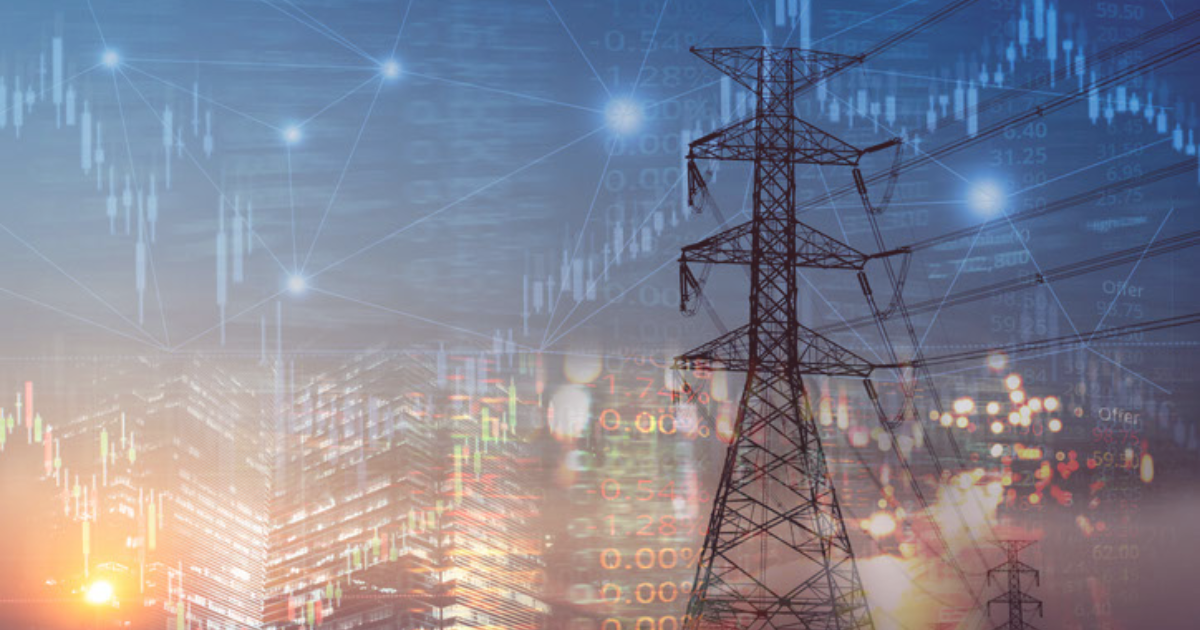Reliability and the Grid of the Future

At the NYISO, keeping the electric grid reliable will always be job one, managing the flow of electricity around the clock, every day of the year.
We also know that for most consumers, “reliability” simply means the lights stay on and phones are charged. But as the grid operator in New York, keeping the lights on also means planning far into the future to make sure the electric system and its interrelated components can meet customer demand.
To achieve this, it is also our job to identify and stay well ahead of changes in public policy, changes in consumer behavior, shifts in the economy, and the advance of technology.
These days, the grid is facing some of the biggest changes in its history, including New York State’s historic move to a zero-emissions grid by 2040. This transition is speeding up, creating a system of new, intermittent generation, which benefits the environment but also can up the challenge of keeping the system reliable.
To meet this challenge the NYISO has a team of electric system engineers that spend their days analyzing the electric system and its future capabilities. They conduct reliability planning studies that help identify when and where reliability violations, set by state, federal, and regional entities, will happen unless action is taken in the form of system upgrades and investments.
If this team finds a scenario in which the grid may lack enough energy or transmission capability to serve future demand, a “Reliability Need” is declared, setting off a set of steps to address the situation.
How we determine such a designation is guided by mandatory reliability rules set by a group of independent watchdogs and regulators, also charged with keeping the system reliable. These include the North American Electric Reliability Corporation and the Northeast Power Coordinating Council, and the Federal Energy Regulatory Commission. Unique to New York, the New York State Reliability Council goes above and beyond national requirements to set the strictest grid reliability rules in the nation.
Once a "Reliability Need" is declared, we are required to take prescribed steps to resolve the problem. We can approach a solution in a variety of ways, including:
- New energy resources
- New or improved transmission
- Demand reduction programs
Our role in identifying system needs, and finding solutions, is part of the process of planning for the grid of the future.
Look to the STARs
To go a little deeper, we have two methods for determining Reliability Needs.
Four times a year, we conduct a Short-Term Assessment on Reliability (STAR), which focuses on identifying reliability needs up to five years out. This helps to quickly evaluate changes to the system, such as generator deactivations, changes to the transmission system, or changes in demand that could affect reliability.
For a longer-term approach, our Reliability Needs Assessment (RNA) looks ahead to 10 years out. This process cycle runs every two years and begins with the development and publishing of the RNA report. The RNA looks at both the adequacy of energy resources and limitations of the transmission grid to determine whether the grid will be able to supply enough power to meet demand.
As we perform our study work and look closely at the changing grid, we’re seeing an increased likelihood of finding a Reliability Need in the near future. During the transition to a decarbonized electric system, we’ll need to achieve a careful balance in the amount of future generating capacity as more intermittent resources, like wind and solar, connect to the grid and older resources retire.
Specifically, we’re finding that the margins of additional generating capacity in the system, intended to help when customer demand is at its highest, are dwindling.
One factor for this is the deactivation of nuclear and older fossil fuel plants that served load in downstate New York. Adding to this resource loss is the expected deactivations of some fossil fuel plants in New York City and Long Island in response to the state’s “peaker” rules that created more stringent emission limits on generators that run at times of peak load.
Those deactivations will further reduce the generation we have on hand to meet demand on days when we need it most, such as a multi-day heat wave.
Solving a Reliability Need
What happens if we identify a reliability need through the RNA?
The first step is to issue a solicitation seeking a developer willing to make new investments in the system. Those investments could include building a new energy resource that would supply energy to the region where the need is found, improving the transmission network to bring in more energy from elsewhere in the state, or implementing programs to achieve demand reduction that would meet the identified need.
Our first step is to solicit proposals for new resource development or demand reduction that would solve the need. If sufficient, developers would invest their own funds to implement market-based solutions to meet the need. The NYISO’s markets are designed to encourage private investments that are recouped by selling energy output on the grid.
If the reliability need is immediate, for instance, due to a generator deactivation, the NYISO solicits an expedited solution to fill the gap until market resources or a permanent transmission solution is ready. These gap solutions include transmission and demand response that can respond quickly to the need. If no other solutions are ready, the NYISO may execute a temporary “Reliability Must Run,” or RMR agreement with a generator. The RMR agreement compensates a vital resource for operating until a permanent solution can be put in place. This is a critical tool to keep the grid reliable.
Upgrading the System
The grid is an ever-evolving system, with old generators retiring and new suppliers seeking to connect to the grid, as well as new transmission being added. There are currently more than 400 proposed supply, transmission, and load projects in our Interconnection Queue, under which their impact on the grid is analyzed. All the while, policies are put in place at the local, state, and federal levels which must also be considered and adhered to in interconnecting new resources and maintaining reliability.
As the grid continues to evolve to meet New York’s climate goals, our RNA and other planning processes, as well as the evolving electricity markets, will help us be prepared to keep the lights on.

